Centre for Indigenous Policy Research (CIPR)
The CIPR Monograph series (formerly CAEPR) focuses primarily on Australian Indigenous affairs. It publishes monographs and edited volumes that report on and analyse the results of primary research undertaken by CIPR staff, visitors and associates, and the proceedings of CIPR workshops and conferences. Established in 1991, the series provides a unique, multidisciplinary commentary on major themes and issues in the Indigenous policy landscape over time.
Please note: The following list of titles is sorted by publication date, with the most recent first.
Displaying results 1 to 22 of 22.

A Quiet Revolution in Indigenous Service Delivery »
New Public Management and its Effects on First Nations Organisations

The Neoliberal State, Recognition and Indigenous Rights »
New paternalism to new imaginings

Teaching ‘Proper’ Drinking? »
Clubs and pubs in Indigenous Australia

Indigenous Data Sovereignty »
Toward an agenda

Reluctant Representatives »
Blackfella bureaucrats speak in Australia’s north

Better Than Welfare? »
Work and livelihoods for Indigenous Australians after CDEP
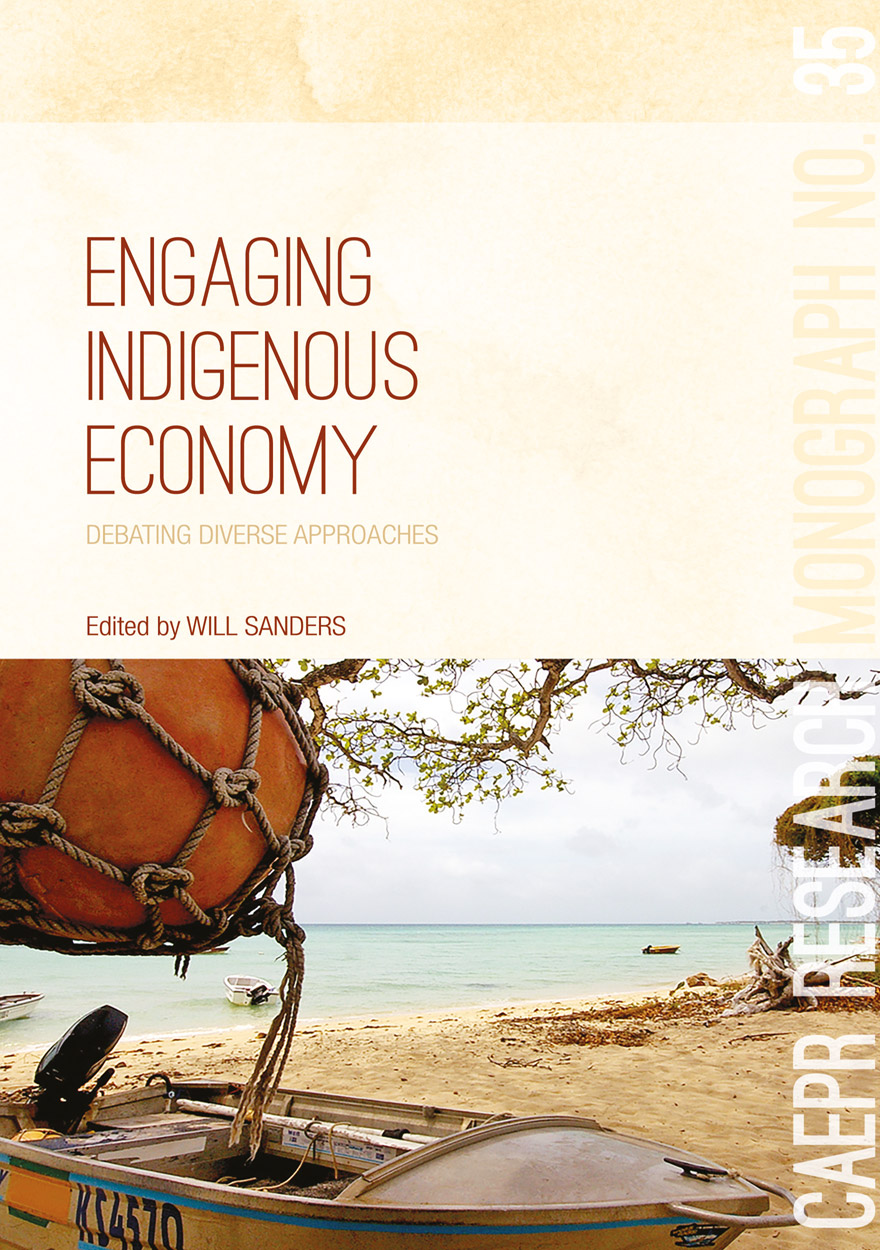
Engaging Indigenous Economy »
Debating diverse approaches
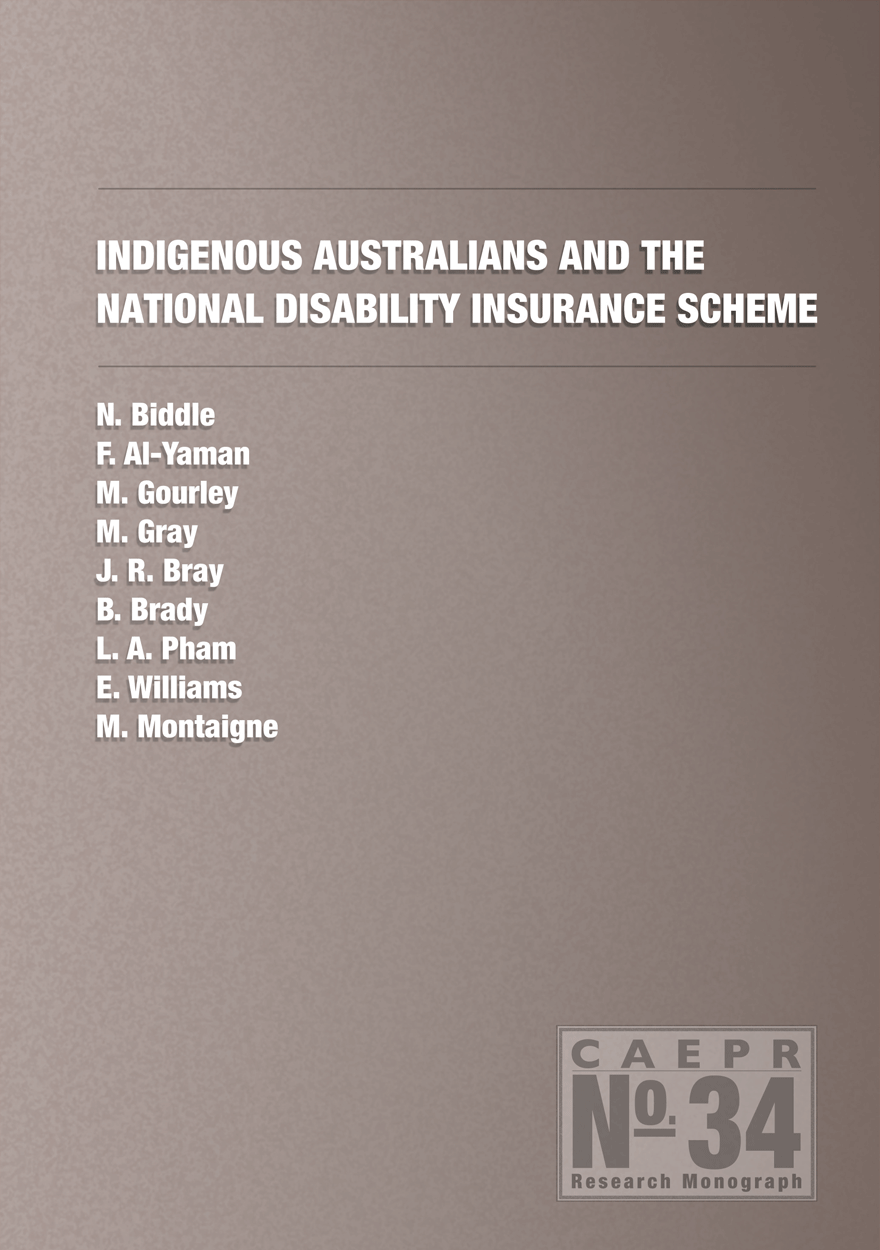
Indigenous Australians and the National Disability Insurance Scheme »
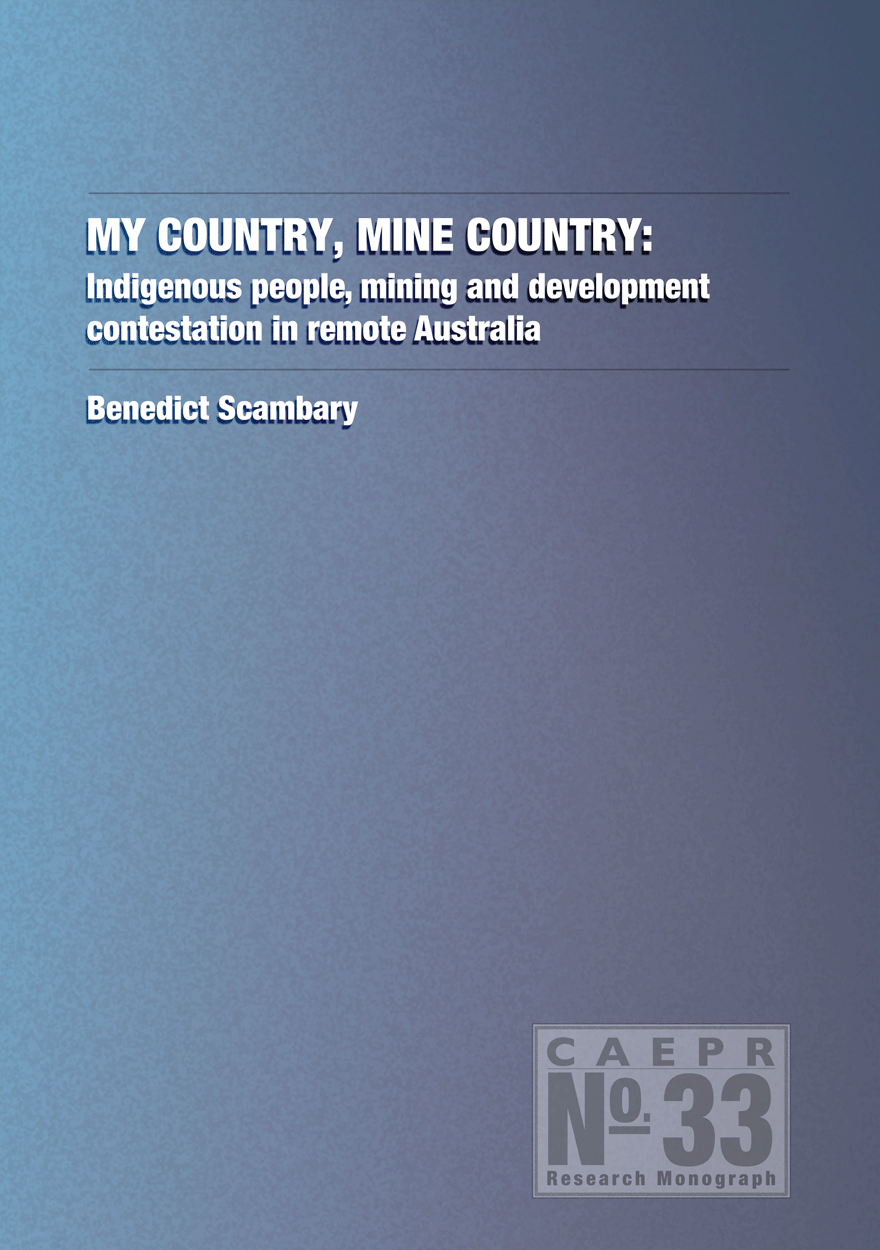
My Country, Mine Country »
Indigenous people, mining and development contestation in remote Australia

Survey Analysis for Indigenous Policy in Australia »
Social Science Perspectives

Demographic and Socioeconomic Outcomes Across the Indigenous Australian Lifecourse »
Evidence from the 2006 Census
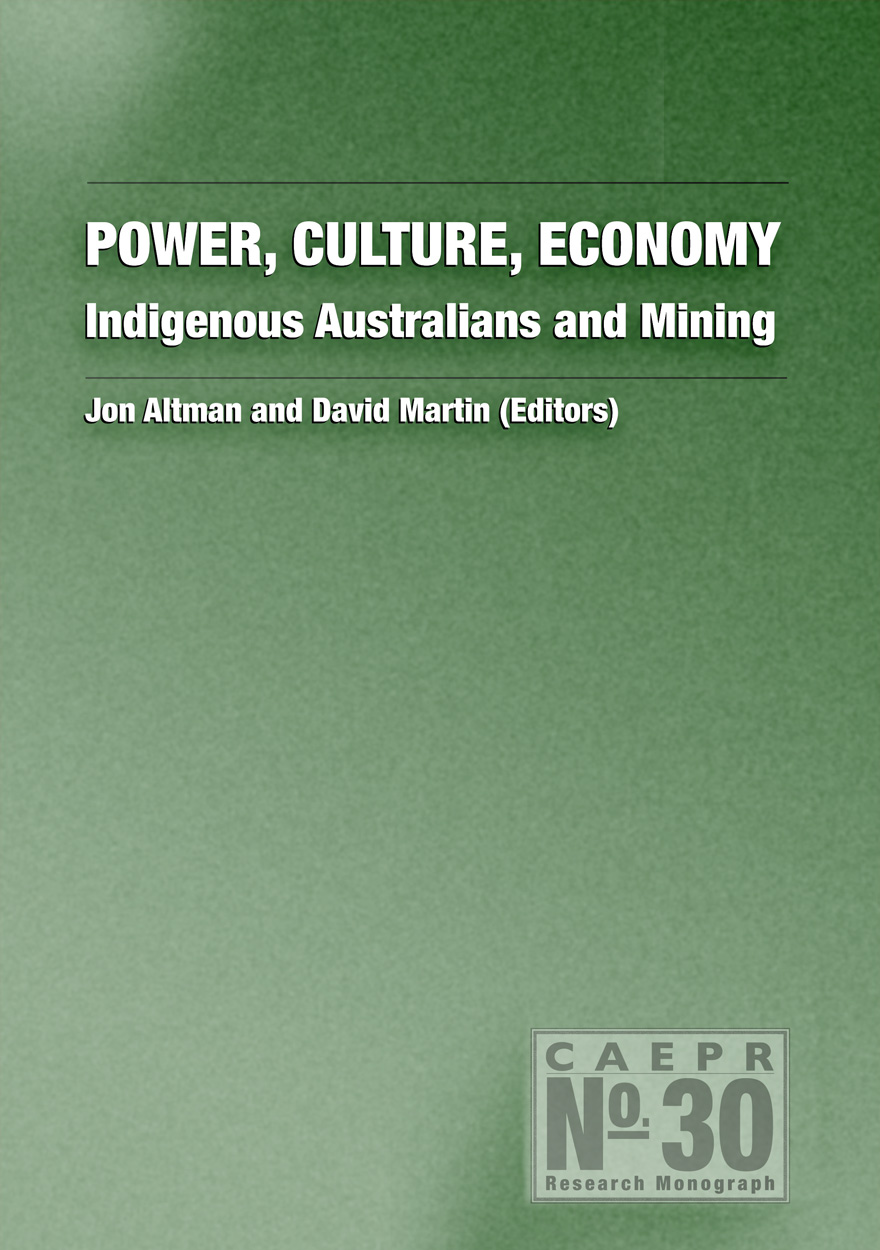
Power, Culture, Economy »
Indigenous Australians and Mining
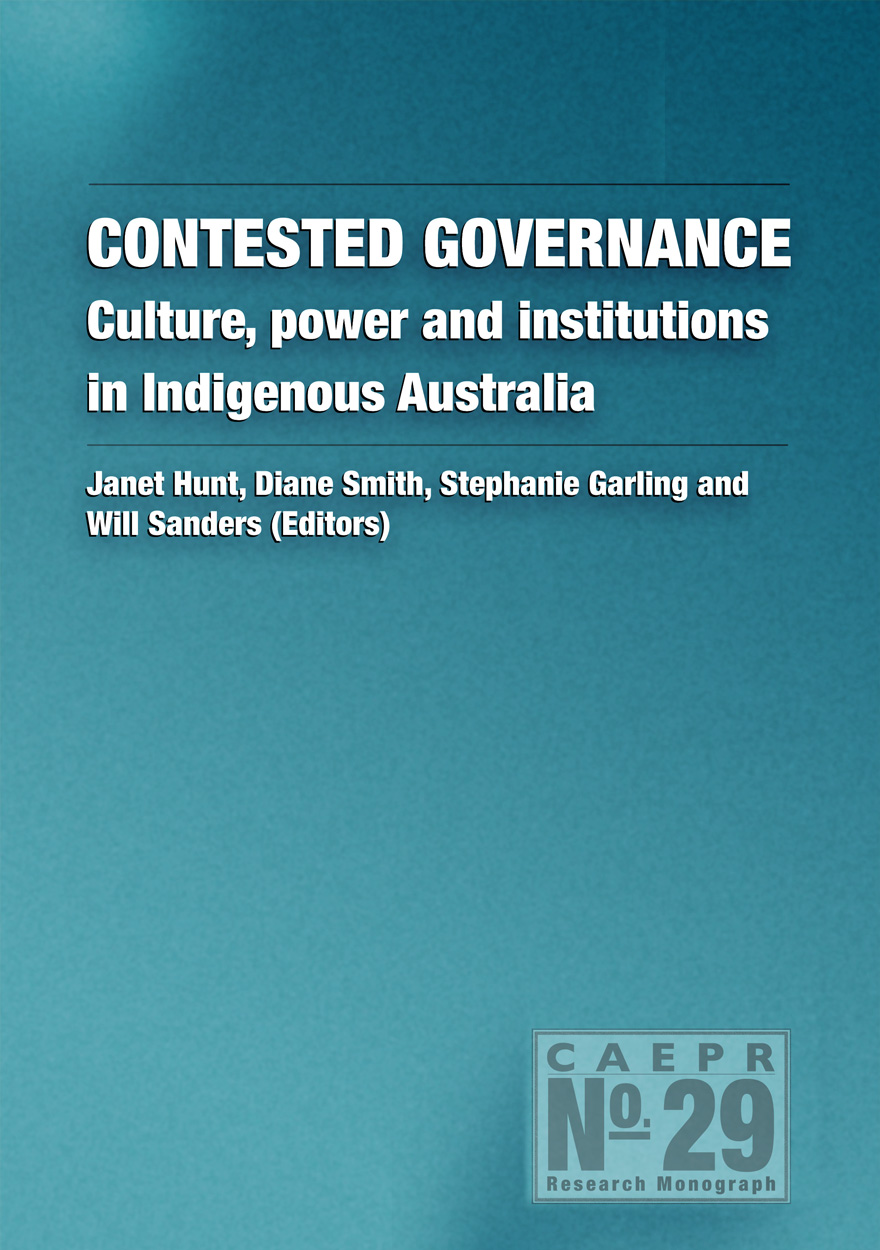
Contested Governance »
Culture, power and institutions in Indigenous Australia
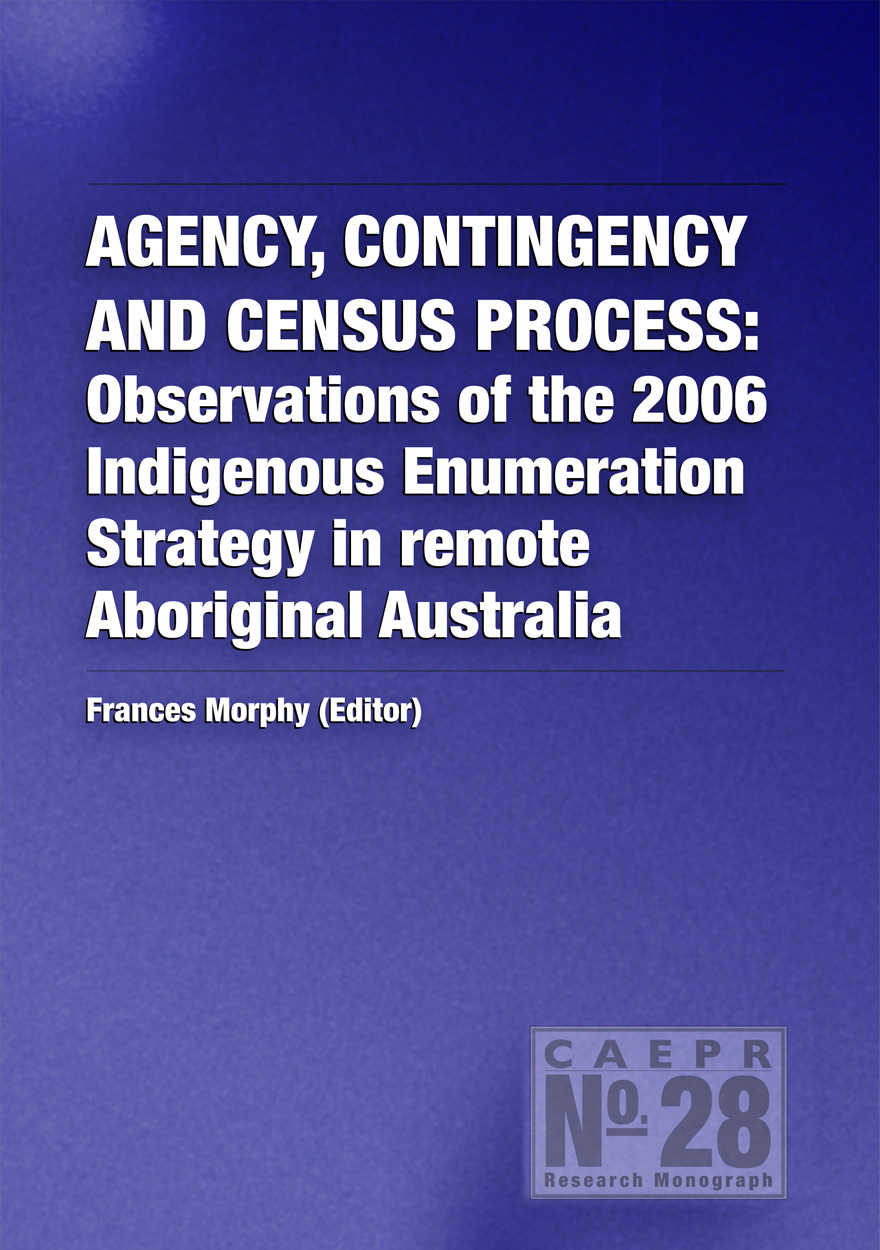
Agency, Contingency and Census Process »
Observations of the 2006 Indigenous Enumeration Strategy in remote Aboriginal Australia

The Social Effects of Native Title »
Recognition, Translation, Coexistence

Assessing the Evidence on Indigenous Socioeconomic Outcomes »
A focus on the 2002 NATSISS

Indigenous People and the Pilbara Mining Boom »
A baseline for regional participation

Social Indicators for Aboriginal Governance »
Insights from the Thamarrurr Region, Northern Territory
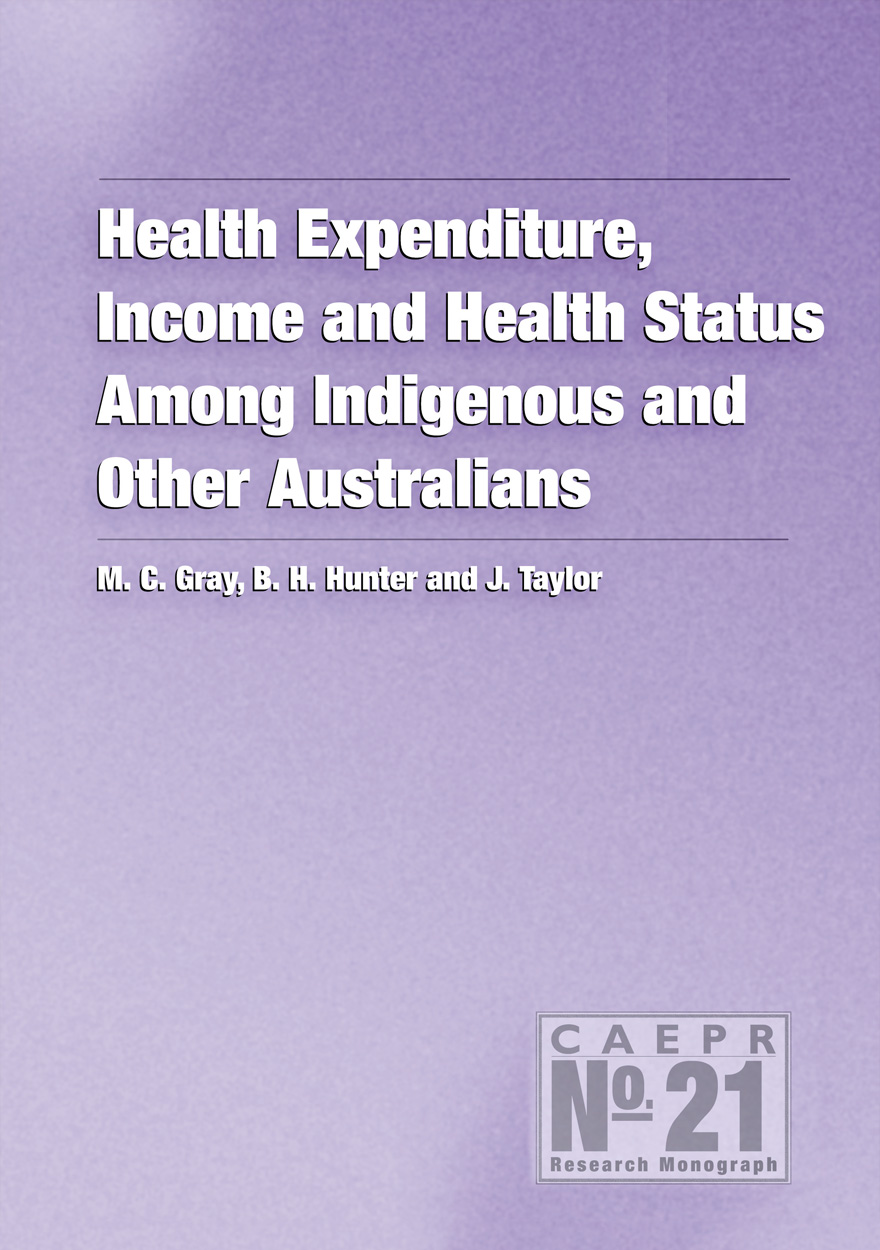
Health Expenditure, Income and Health Status Among Indigenous and Other Australians »
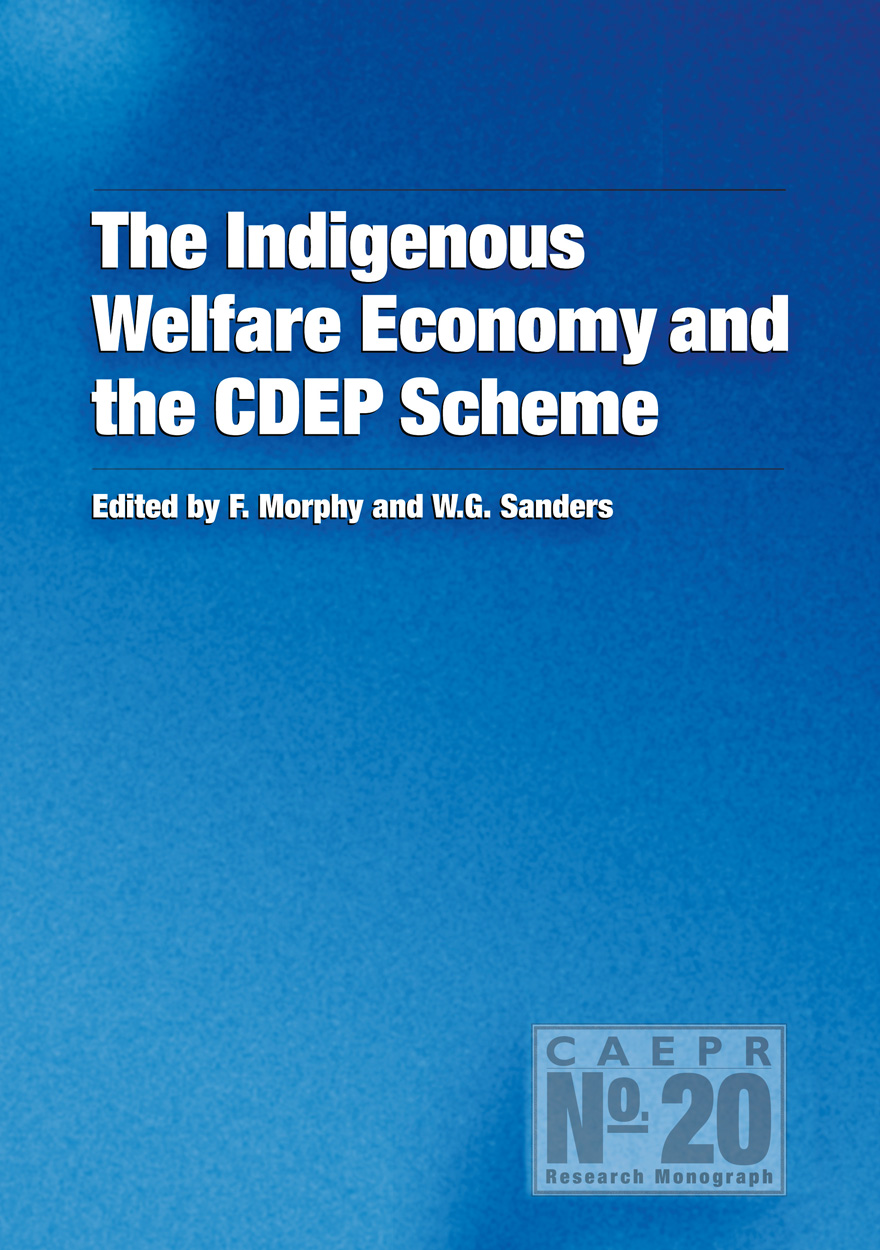
The Indigenous Welfare Economy and the CDEP Scheme »
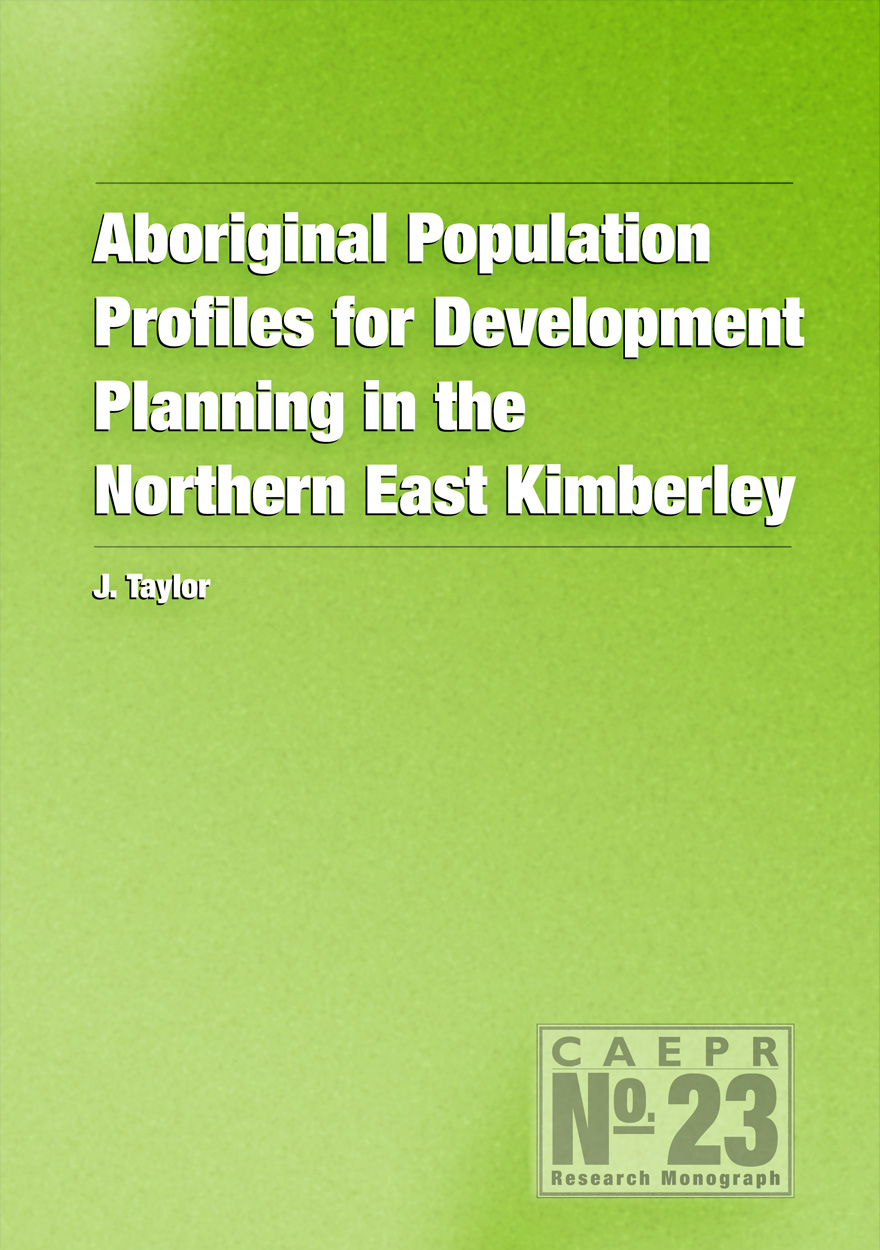
Aboriginal Population Profiles for Development Planning in the Northern East Kimberley »




